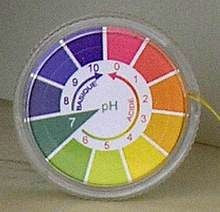Hi all,
cheers Darrel
must require only a miniscule amount of it, given algae can grow in RO water on a window sill in direct sunlight
Dust...🙂
You can't make chlorophyll without N.
Yes, @oreo57 is right, you need <"all fourteen"> of the essential mineral nutrients for plant growth, but some of them <"must be in minute amounts">.You can store RO indefinitely. It will grow a small fuzz of green algae if it is more than about 5 microS.
cheers Darrel







